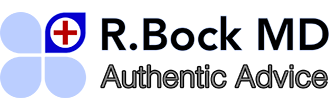

In today’s world, science is often revered as an infallible source of truth, guiding policies and actions meant to safeguard public health and the environment. However, amidst the plethora of scientific studies and reports, there lurks a phenomenon termed “junk science,” a term coined to describe the misrepresentation and misuse of scientific data for ulterior motives. Steve Milloy, a prominent figure in the realm of science critique, sheds light on the prevalence of junk science, particularly in epidemiology and risk assessment, uncovering its detrimental effects on regulatory decisions and public perception.
Table of ContentsDefining Junk ScienceSteve Milloy: A ProfileCritique on EpidemiologyEPA’s Risk AssessmentsRadon MisinformationLinear No Threshold ModelMisunderstanding Radiation RisksFukushima Incident: A Case StudyAsbestos MisconceptionsImpact of Scientific MisinformationConclusionFAQsRelated Articles
Defining Junk Science
Junk science, as elucidated by Milloy, refers to flawed scientific research utilized to serve specific agendas rather than to genuinely advance knowledge or protect the public interest. It encompasses studies with methodological shortcomings, biased interpretations, or outright manipulation of data, all aimed at supporting predetermined conclusions or policies.
Steve Milloy: A Profile
With a multifaceted background in science, statistics, and law, Steve Milloy stands as a formidable critic of what he perceives as the rampant misuse of scientific information. His expertise allows him to dissect complex scientific issues and unveil the underlying flaws, challenging the status quo in environmental and public health discourse.
Critique on Epidemiology
Milloy’s scrutiny extends to the field of epidemiology, where he asserts that a significant portion of research falls prey to the trappings of junk science. He argues that flawed methodologies and data interpretation render many epidemiological studies unreliable, leading to erroneous conclusions and misguided public policies.
EPA’s Risk Assessments
Having interacted closely with regulatory bodies like the Environmental Protection Agency (EPA), Milloy highlights the shortcomings in risk assessment methodologies employed by such agencies. He contends that the misuse of epidemiological data contributes to inflated risk perceptions, leading to unnecessary regulatory actions that may not align with scientific evidence.
Radon Misinformation
One notable example of misapplied epidemiology lies in the case of radon exposure. Milloy criticizes the EPA’s extrapolation of risks based on studies of underground uranium miners, arguing that such extrapolations may not accurately reflect real-world scenarios, thus inducing unnecessary fear among the public.
Linear No Threshold Model
Milloy challenges the validity of the linear no-threshold (LNT) model, often used in radiation risk assessment. This model posits that any level of radiation exposure carries a proportional risk of adverse health effects, including cancer. However, Milloy argues that this assumption lacks scientific basis and may lead to exaggerated risk perceptions.
Misunderstanding Radiation Risks
Contrary to popular belief, Milloy asserts that the risks associated with radiation exposure are often misunderstood or exaggerated. He emphasizes the importance of distinguishing between actual health hazards and perceived risks, cautioning against the panic-induced responses that may result from misconceptions about radiation.
Fukushima Incident: A Case Study
The Fukushima nuclear disaster serves as a poignant example of the consequences of misinformation and panic. Milloy highlights that while the direct impact of radiation exposure was limited, the mass evacuation and ensuing panic led to far more casualties, underscoring the importance of accurate risk communication in crisis situations.
Asbestos Misconceptions
Discover more from Randy Bock MD PC
Subscribe to get the latest posts sent to your email.























